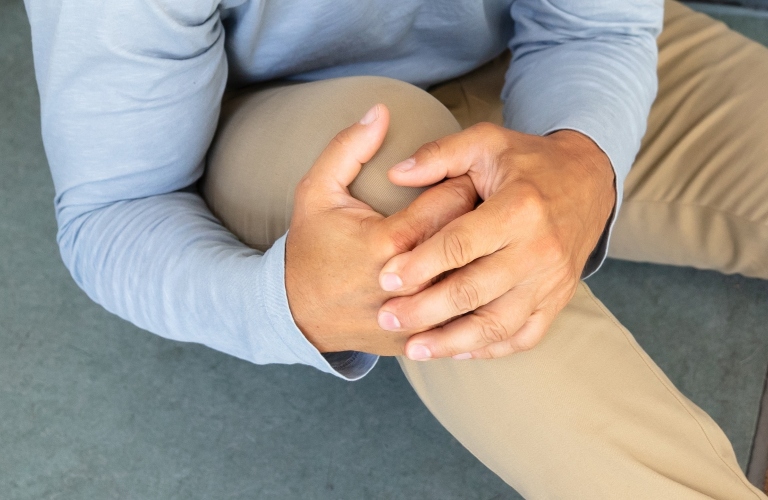
When a visitor slips and falls on someone else’s property, they may have a legal claim against the owner or occupier of the property. However, a property owner may seek to reduce their liability in a slip and fall case by shifting some blame onto the accident victim, which can trigger Pennsylvania’s comparative fault rule.
Understanding Comparative Fault
Comparative fault governs the allocation of liability in personal injury cases when an injured victim shares some of the responsibility for causing their injuries. Comparative fault replaced the traditional contributory fault system, under which any share of fault that an injured victim bore for their injuries would bar them from seeking compensation, even if the other at-fault party bore 99 percent of the responsibility. Conversely, comparative fault systems do not necessarily bar injury victims from seeking compensation simply because they share responsibility for causing their injuries. Instead, comparative fault systems make injury victims financially responsible for a portion of their losses from their injuries in proportion to their share of fault.
Comparative fault/negligence systems in the U.S. come in two forms: pure comparative negligence and modified comparative negligence. In a pure comparative negligence system, a partially at-fault injured party could pursue a legal claim, no matter their share of fault; even if they bore 99 percent responsibility for their injuries, the injured person could still file a claim to recover one percent of their losses. Conversely, modified comparative negligence systems cap an injured party’s share of fault; these systems have a “50 percent” or “51 percent” rule. “50 percent” rule systems bar injured victims from filing claims if their share of fault equals or exceeds the share of fault of the other at-fault party or parties. “51 percent” rule systems allow injured victims to file claims if their share of fault does not exceed the fault of the other at-fault party or parties.
Pennsylvania’s Comparative Fault Rule
Pennsylvania law follows a modified comparative negligence rule. Under state law, a slip and fall accident victim may pursue a legal claim against a property owner or other liable party if the injured victim’s share of fault for the accident does not exceed the fault or collective fault of the other liable parties. However, as Pennsylvania uses a comparative negligence system, any share of fault a slip and fall victim has for the accident can proportionally reduce their financial recovery in a lawsuit.
How to Determine Fault in Slip and Fall Cases

Determining fault in a slip and fall case requires extensive evidence to show what caused the injured person to fall and who may have created or failed to remedy the cause of the accident. Examples of evidence used in slip and fall cases include:
- Accident scene photos and videos
- Surveillance footage of the scene of the accident or surrounding area
- Eyewitness statements
- Accident/incident reports
- Maintenance records
- Weather records
- Accident reconstruction expert reports and testimony
How Comparative Fault Affects Compensation in Slip and Fall Cases
Under Pennsylvania’s comparative negligence system, any share of fault a jury assigns a slip-and-fall accident victim can reduce their financial recovery in a lawsuit. For example, suppose a jury finds that a slip-and-fall accident victim incurred $100,000 in losses but bears 30 percent of the fault for the accident. In that case, the trial court will award the accident victim $70,000, reducing the jury’s award by $30,000 to reflect their share of fault for the accident.
Contact a Slip and Fall Attorney to Discuss Your Options
After you’ve suffered injuries in a slip and fall accident in Pennsylvania, you need experienced legal advocacy to protect your interests if a property owner blames you for the accident. Contact Jason Javie Law Office today for a free, no-obligation consultation with a premises liability lawyer to learn more about your legal options for seeking financial relief for your harm and loss.
